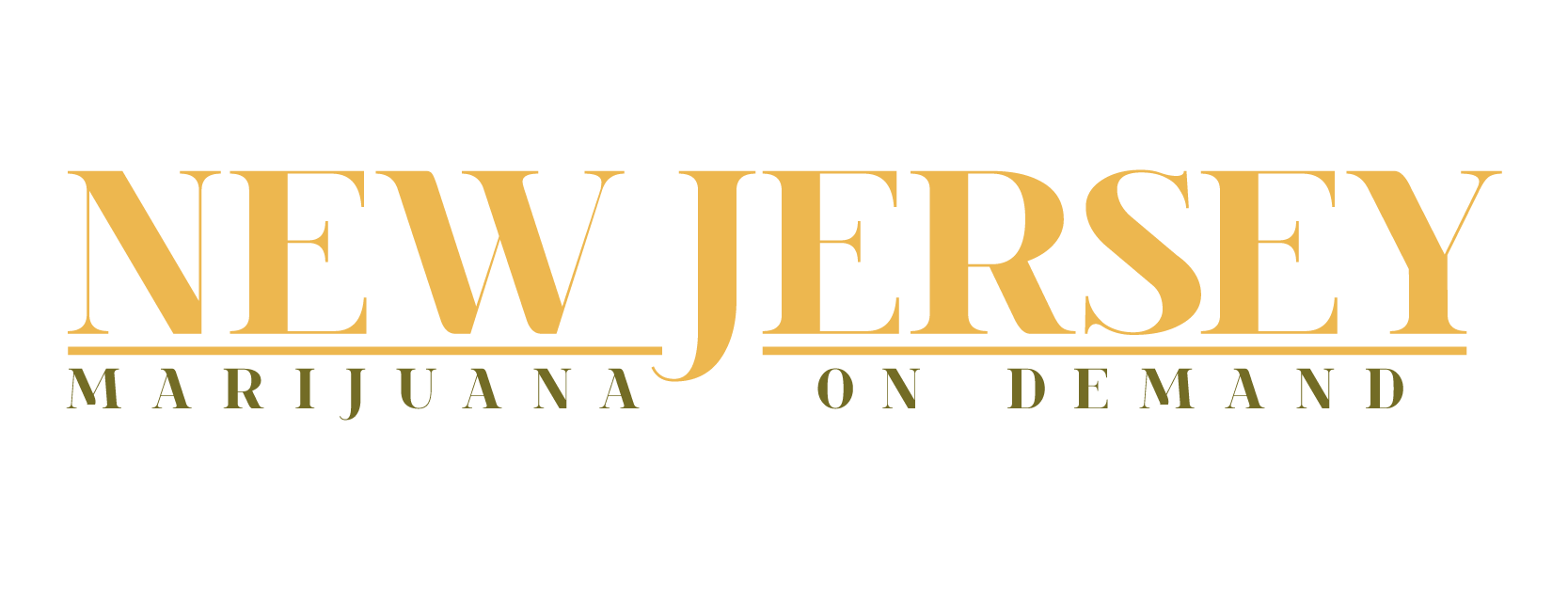On September 16 and 17, 2025, the state of Minnesota officially commenced retail sales of adult-use cannabis, making it the 23rd state in the United States to regulate recreational marijuana for adults and the second state in 2025 to launch a full-scale commercial market. READ MORE: MJBizDaily
Below is a breakdown of the timeline, what it means for Minnesota, and the key opportunities and challenges ahead.
Timeline: Path to Launch
May 30 2023 – Governor Tim Walz signed House File 100 into law, legalizing adult-use cannabis for adults 21 and older in Minnesota. The law allowed possession, gifting and home cultivation, and created the new Minnesota Office of Cannabis Management (OCM) to oversee licensing and regulation. READ MORE: MPP
August 1 2023 – Legalization kicked in for use and growing by adults 21+, though retail sales were not yet authorized statewide under state‐licensed retail dispensaries. READ MORE: Axios
January–June 2025 – The OCM began issuing preliminary approvals and conducting licensing lotteries. On June 18, OCM reported issuing 37 business licenses, including 23 microbusinesses with plans for retail cannabis sales. READ MORE: GovDelivery
September 16–17 2025 – The first non-tribal adult-use retail sales began in licensed dispensaries. On September 16, eight locations of the dispensary chain Green Goods began adult-use sales, followed on September 17 by five stores of Rise (cannabis retailer) (owned by Green Thumb Industries). This marked the operational launch of Minnesota’s regulated adult-use market.
Ongoing – Tribal‐state compacts have allowed some tribal adult-use dispensaries to operate earlier (around mid-2023 on tribal land) and provide a supply chain foundation for the broader commercial rollout.
What Does This Mean for Minnesota?
A New Consumer Market
With retail sales now live, Minnesota is poised to tap into a multi-hundred-million-dollar market. Industry analysts project adult-use sales could reach approximately $430 million in 2026.
For consumers, the regulated system means legal access to licensed dispensaries, tested and packaged products, and a move away from unlicensed sales channels.
Regulatory Advancement & Social Equity Goals
The law and regulatory framework include social equity provisions: licensing, microbusiness opportunities, and preferential access for historically impacted individuals. With licensing lotteries and social equity tracks in place, Minnesota is attempting to build a “more inclusive” cannabis industry from the outset. MORE ABOUT: Quantum 9, Inc.
Local governments also retain significant zoning and control authority, meaning municipalities will play a key role in how retail distribution expands.
State Revenue and Economic Impact
Legal adult‐use cannabis opens new revenue streams for Minnesota—through licensing fees, excise/gross receipts taxes (which were raised to 15 % in mid-2025) and sales taxes on cannabis products.
Furthermore, new business licenses, cultivation facilities, manufacturing and retail operations will generate employment and economic activity across supply‐chain segments.
Supply Chain Build-out & Tribal Partnerships
A unique feature of Minnesota’s rollout is the emphasis on tribal‐state compacts. Tribes such as the White Earth Nation and the Mille Lacs Band of Ojibwe have been integrated into the supply chain—supplying products or partnering with licensed retailers.
This helps address one of the main bottlenecks: manufacturing and cultivation readiness. With testing facilities and wholesale channels starting to come online, the path to product availability is improving.
Challenges Ahead
Supply Constraint & Rollout Delays
Although legalization occurred in 2023, the retail market only launched in 2025—nearly 840 days after passage—making Minnesota’s rollout among the slower ones nationally. MORE ABOUT: Cannabis Business Times
Observers expect early stores to face limited product variety and higher-than-ideal prices due to supply chain constraints and the new tax burden.
Taxation & Price Sensitivity
With a combined tax rate of approximately 15 % excise plus standard sales tax (~6.875 %) and local taxes, the effective tax burden is relatively high. Early consumer feedback noted 40-50 for an eighth of an ounce. High pricing may drive some demand back toward illicit markets if not managed carefully.
Local Control & Zoning Uncertainty
Cities and towns across Minnesota retain strong local say over whether dispensaries may operate and where. Municipal resistance or slow zoning processes could delay broader retail expansion.
Social Equity Implementation
While Minnesota built equity provisions into its law, the real test will be how effectively social equity applicants access capital, real estate and regulatory compliance support. Historically, marginalized communities have faced barriers to meaningful participation in regulated cannabis markets.
Looking Ahead: The Next 12-24 Months
- Retail Expansion: Expect additional storefront openings statewide beyond the initial medical‐provider sites, including standalone adult‐use retailers and micro-businesses.
- Supply Chain Scaling: Cultivators, testing labs and manufacturers need to ramp up to meet retail demand and enhance product variety (flower, edibles, vapes, beverages). The first licensed testing facility was approved September 10, 2025.
- Municipal Participation: More cities may deliberate municipal licenses, direct retail models or public-run dispensaries. The model proposed in municipalities such as Elk River underscores this potential.
- Regulatory Refinements: The OCM will issue and refine regulations around packaging, labeling, potency, delivery and social equity monitoring.
- Market Behavior: Retail pricing, product innovation, branding and competition (medical vs adult-use, tribal vs state) will evolve. Monitoring whether price and tax levels drive illicit market relapse is key.
- Adult-use Consumer Culture: With legal retail access, the transition from medical-only to full adult-use may bring changes in consumer demographics, product formats and usage patterns.
A New Chapter
Minnesota’s launch of adult-use retail cannabis begins a new chapter for the state. From passing legalization in May 2023 to opening retail locations in September 2025, the journey reflects both ambition and caution. As the 23rd U.S. state to permit regulated adult-use sales, Minnesota offers a case study of a measured rollout—with social equity, tribal-partnership and regulatory infrastructure baked into the plan.
For Minnesota residents and industry stakeholders, the implications are profound: legal access to tested, tax-regulated cannabis; economic growth and business opportunities; and a public policy experiment in providing adult-use consumption while striving for equity and safety. The early months will set the tone—how supply, pricing, local choices and equity outcomes unfold will shape the success of the program.
As stores open and products hit the shelves, Minnesota will move from promise to practice. The coming year will determine whether the program delivers the vision: a legal, stable, inclusive adult-use cannabis market that outpaces the illicit trade, generates revenue, and reflects the state’s values.



